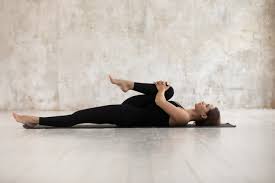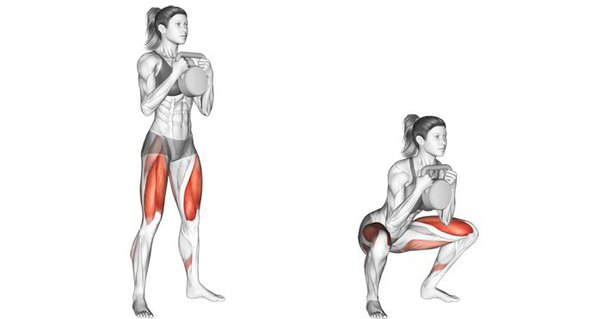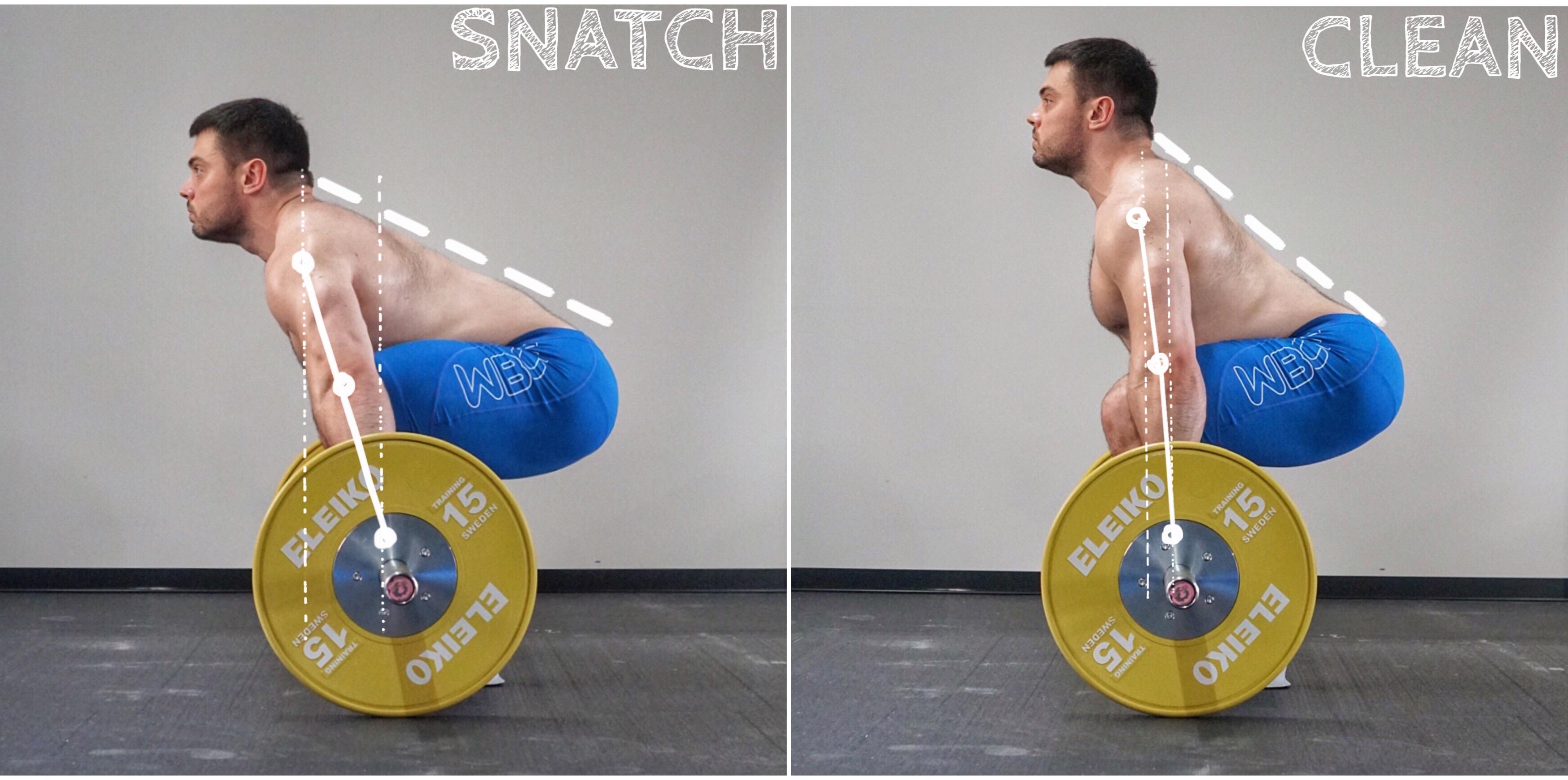After an intense workout, giving your arms the attention they need through stretching can significantly enhance recovery, flexibility, and overall performance. Incorporating arm stretches into your cooldown routine not only helps alleviate soreness but also prepares your muscles for future workouts. Here, we present ten essential arm stretches that are effective, quick, and suitable for all fitness levels. These stretches will leave your arms feeling refreshed and revitalized, ensuring you maintain optimal mobility and strength.
Understanding the Importance of Post-Workout Stretching
In the hustle and bustle of modern life, we often overlook the significance of stretching after workouts. However, post-workout stretching is crucial for muscle recovery and injury prevention. It serves as a bridge between your workout and your next activity, helping to restore your muscles to their resting state while promoting relaxation.
Stretching after a workout not only aids in the recovery process by improving blood circulation but also helps maintain the flexibility necessary for optimal performance in daily activities and sports. Regular post-workout stretching can reduce muscle stiffness, enhance joint mobility, and even improve overall posture. Think of it as a necessary component of your fitness routine, much like hydration and nutrition.
Benefits of Regular Post-Workout Stretching
The advantages of incorporating post-workout stretching into your routine are numerous:
Enhanced Flexibility and Mobility
Increased flexibility is crucial for maintaining functional mobility in everyday activities. Stretching helps to elongate muscles that may have contracted during exercise, allowing for a better range of motion. This not only makes daily tasks easier but also reduces the risk of injury.
Moreover, enhanced flexibility can lead to improved performance in physical activities, as well-stretched muscles can contract more efficiently. As you commit to regular stretching, you'll likely notice that activities like reaching, lifting, and twisting become more effortless.
Reduced Muscle Soreness
Post-workout soreness is common, especially after intense workouts. Stretching can alleviate this discomfort by promoting blood flow to the muscles, helping to clear out metabolic waste products and deliver essential nutrients needed for recovery.
In addition, stretching helps maintain the muscle’s length, reducing the likelihood of stiffness and discomfort that can interfere with your next workout session. Regularly practicing these stretches can make a significant difference in your post-workout recovery.
The 10 Essential Arm Stretches After Workout
1. Cross-Body Shoulder Stretch
Target Area: Posterior deltoids and upper back
Technique:
- Stand or sit with proper posture.
- Bring one arm across your chest.
- Use the opposite hand to gently pull at the elbow.
- Hold for 30-45 seconds.
-
Repeat on the other side.
Common Mistakes: Avoid pulling too aggressively or raising the shoulder towards the ear.
2. Overhead Triceps Stretch
Target Area: Triceps and shoulder
Technique:
- Raise one arm overhead.
- Bend at the elbow, letting the hand drop behind your head.
- Use the opposite hand to gently pull the elbow backward.
- Keep the core engaged and spine neutral.
-
Hold for 30-45 seconds per side.
Key Points: Maintain a straight spine and avoid leaning to either side.
3. Thread the Needle
Target Area: Rotator cuff and shoulder blade
Technique:
- Start on hands and knees.
- Slide one arm under your body, reaching toward the opposite side.
- Rest the shoulder and side of the head on the ground.
- Keep the other arm straight for support.
-
Hold for 30-45 seconds.
Benefits: Deep stretch for the shoulder complex and improves shoulder mobility.
4. Standing Biceps Stretch
Target Area: Biceps and anterior shoulder
Technique:
- Stand facing a wall.
- Place your palm on the wall at shoulder height.
- Slowly rotate your body away from the wall.
- Keep your arm straight and shoulder down.
-
Hold for 30-45 seconds.
Form Tips: Maintain a straight arm and rotate from your hips, not your spine.
5. Forearm and Wrist Flexor Stretch
Target Area: Forearm flexors and wrist
Technique:
- Extend one arm straight in front.
- Point your fingers toward the ceiling.
- Use the opposite hand to gently pull fingers back.
- Hold for 30 seconds.
-
Repeat with fingers pointing down.
Important Notes: Keep the elbow straight and apply gentle pressure.
6. Door Frame Chest Stretch
Target Area: Chest and anterior shoulders
Technique:
- Stand in a doorway with arms at 90 degrees.
- Place your forearms on the door frame.
- Lean forward through the doorway.
-
Hold for 30-45 seconds.
Benefits: Opens the chest cavity and improves posture.
7. Prayer Stretch
Target Area: Wrists and forearms
Technique:
- Place your palms together at chest height.
- Lower your hands while keeping palms pressed together.
-
Hold when you feel a stretch in your forearms for 30 seconds.
Modifications: Adjust hand height or rotate hands inward or outward for a deeper stretch.
8. Behind-the-Back Hand Clasp
Target Area: Shoulders and chest
Technique:
- Reach one arm overhead, bend at the elbow.
- Reach the other arm behind your lower back.
- Attempt to clasp your hands.
-
Hold for 30 seconds and switch arm positions.
Progressive Steps: Use a towel if your hands don’t meet and work on shoulder mobility gradually.
9. Wall Slides
Target Area: Shoulder blades and upper back
Technique:
- Stand with your back against the wall.
- Slide your arms up the wall in a "Y" position.
- Keep elbows and wrists in contact with the wall.
-
Lower slowly and repeat 10-15 times.
Form Focus: Maintain back contact and keep your core engaged.
10. Seated Forward Lean
Target Area: Upper back and shoulders
Technique:
- Sit on a chair or bench.
- Lean forward, letting your arms hang.
-
Round your upper back and hold for 30-45 seconds.
Focus on: Breathing deeply to enhance relaxation.
Guidelines for Safe and Effective Stretching
Proper Duration and Frequency
- Hold static stretches for 30-45 seconds: This allows the muscles to elongate and adapt to the stretch, promoting flexibility.
- Perform dynamic stretches for 10-15 repetitions: Dynamic stretches prepare the body for movement by actively engaging the muscles and increasing blood flow.
- Include stretching 3-5 times per week: Consistent stretching is essential for maintaining flexibility and mobility.
- Can stretch daily if gentle and mindful: For those who are experienced or have specific needs, daily stretching can be beneficial, provided it’s done with care.
Safety Considerations
- Never Bounce or Force Stretches: Bouncing can lead to muscle strains and injuries; stretches should be held in a controlled manner.
- Move Slowly and Deliberately: Gradual movements help prevent sudden injuries and allow the body to adjust comfortably.
- Respect Your Body's Limits: Listen to your body and avoid pushing yourself too hard, especially if you’re not warmed up.
- Gradually Increase Intensity: Over time, as flexibility improves, it’s safe to increase the intensity and duration of stretches.
Proper Warm-Up
- Always Stretch Warm Muscles: Stretching cold muscles can lead to injury. A proper warm-up prepares the muscles for stretching.
- Light Cardio Before Stretching: Engaging in light aerobic activity increases blood flow and warms up the muscles, making them more pliable.
- Start with Gentle Movements: Ease into stretching to prevent any strains.
Listen to Your Body
- Stop if You Feel Pain: It’s essential to distinguish between a good stretch and pain; if something feels wrong, stop.
- Distinguish Between Stretch and Strain: A stretch should feel like a gentle pull, while a strain is often sharp or uncomfortable.
- Modify as Needed: Tailor your stretching routine based on your comfort and skill level, adjusting as necessary.
Modifications for Different Fitness Levels
Beginners:
- Shorter Hold Times (15-20 seconds): As a beginner, it’s crucial to avoid overstretching, which can lead to injuries. Holding a stretch for a shorter duration allows your muscles to adapt without excessive strain.
- Reduce Range of Motion: Focus on movements that feel comfortable. Instead of pushing your body to its limits, prioritize gentle stretches that still provide benefits.
- Focus on Proper Form: Prioritizing alignment and technique is vital. This means ensuring that your body is positioned correctly during stretches to avoid compensatory movements that could lead to injury.
- Use Supports When Needed: Using props, such as yoga blocks or straps, can help maintain balance and reduce strain. This support allows you to achieve effective stretches without overexerting yourself.
Advanced:
- Increase Hold Times (up to 60 seconds): For those with more experience, holding stretches longer allows for deeper muscle elongation and increased flexibility. This extended time can enhance the benefits of each stretch.
- Add Dynamic Movements: Incorporating movements that mimic activities or sports can improve functional flexibility. This approach prepares the muscles for actual movements used in sports or daily activities.
- Combine Stretches: Mixing different stretches into your routine provides a comprehensive approach to flexibility. This combination can target multiple muscle groups effectively.
- Focus on Deeper Ranges: As your flexibility improves, challenge yourself with deeper stretches. This progression encourages continued development in your range of motion.
Signs of Proper Stretching
Positive Indicators:
- Gentle Pulling Sensation: Feeling a gentle pull is a sign that the muscle is being stretched safely. It’s essential to differentiate this from sharp pain, which indicates a problem.
- Gradual Release of Tension: As you hold a stretch, you should notice a gradual release of tension in the muscle. This feeling suggests that the stretch is effective and that your muscles are relaxing.
- Improved Range of Motion: Over time, if you experience increased flexibility and range of motion, it indicates progress. Consistent stretching should lead to more comfortable movements.
- No Sharp or Sudden Pain: If you’re stretching correctly, you shouldn’t experience sharp or sudden pain. This absence of pain means you are staying within safe limits.
Warning Signs:
- Sharp or Shooting Pain: This is a clear sign to stop immediately to avoid injury. Stretching should never cause severe discomfort.
- Numbness or Tingling: These sensations could indicate nerve issues and should be addressed immediately. They signal that something may be wrong, and it's best to consult a professional if experienced.
- Joint Discomfort: Any pain around joints during stretching should not be ignored. This discomfort may indicate improper form or a potential injury.
- Persistent Soreness: While mild soreness can be normal after stretching, continuous soreness indicates that you may be overstretching or not allowing adequate recovery for your muscles.
Conclusion
Understanding and applying modifications for arm stretches based on individual fitness levels is essential for an effective post-workout routine. Beginners should focus on shorter hold times, reduced ranges of motion, and proper form to build a strong foundation while avoiding strain. Utilizing supports like yoga blocks can enhance stability and comfort during stretches. In contrast, advanced practitioners can benefit from longer hold times and dynamic movements, challenging their flexibility and engaging multiple muscle groups for a comprehensive routine.
Recognizing the signs of proper stretching is crucial for all fitness levels. Positive indicators, such as a gentle pulling sensation and gradual release of tension, confirm effective stretching. Conversely, sharp pain, numbness, or persistent soreness should prompt immediate attention to prevent injury. By incorporating these stretches mindfully into your routine, you can enhance flexibility, reduce injury risk, and promote a healthier, more resilient body while maximizing the benefits of your workouts.










